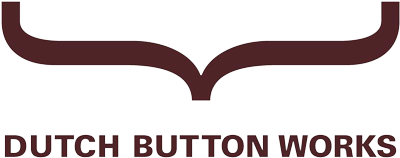Telemedicine Wikileaks
Via Cablesearch zijn inmiddels 1288 diplomatieke berichten te doorzoeken. Er is 1 reactie op de zoekterm Telemedicine. het betreft een economische top tussen Pakistan en de USA op 11 augustus 2008 in Islamabad.Veel en diverse thema’s worden aangesneden.

Het op één na laatste onderdeel (28) van de bespreking vormt de private samenwerking tussen de beide landen. De hoop wordt uitgesproken dat de inspanningen worden uitgebreid. Speciale aandacht wordt gevraagd voor het Telemedicine project, dat als goed voorbeeld kan dienen van bilaterale samenwerking.
(C) Qamar noted that Pakistan needs USD 110 billion in infrastructure development in the energy, mass transport and municipal services sectors. Feasibility studies and a sovereign guarantee fund are needed as well as funding from Overseas Private Investment Corporation (OPIC) and the Export Import Bank in the form of grants. Qamar was hopeful that more public-private partnerships could be established which would be mutually beneficial to the U.S. and Pakistan and hoped to see greater private sector ties established before the next economic dialogue. A/S Sullivan noted the Senior Commercial Officer soon to be posted in Islamabad can assist those efforts and also highlighted the TELEMEDICINE project as a good example of cooperation. Droker emphasized the need for Pakistan to provide a transparent and predictable business climate to attract foreign investment.
Op 10 october 2008 geeft de Amerikaanse Ambassade in Islamabad een persverklaring uit waarin kennelijk dit project wereldkundig wordt gemaakt.Overigens was er al een partnership sinds 2006 op dit terrein volgens diezelfde persverklaring (laatste alinea). Partners zijn ondermeer IBM, Wateen Telecom, Motorola, Medweb, USAID, the U.S. Department of Defense Telemedicine and Advanced Technology Center. Verder in de persverklaring:
“Pakistan is the sixth most populous country in the world – a nation of 173 million people,” said internationally recognized telemedicine expert and surgeon, Dr. Asif Zafar. “The goal of this project is to highlight technology’s ability to overcome a significant healthcare imbalance – more than 75 percent of the population lives in rural areas but only 22 percent of the doctors work there.”
